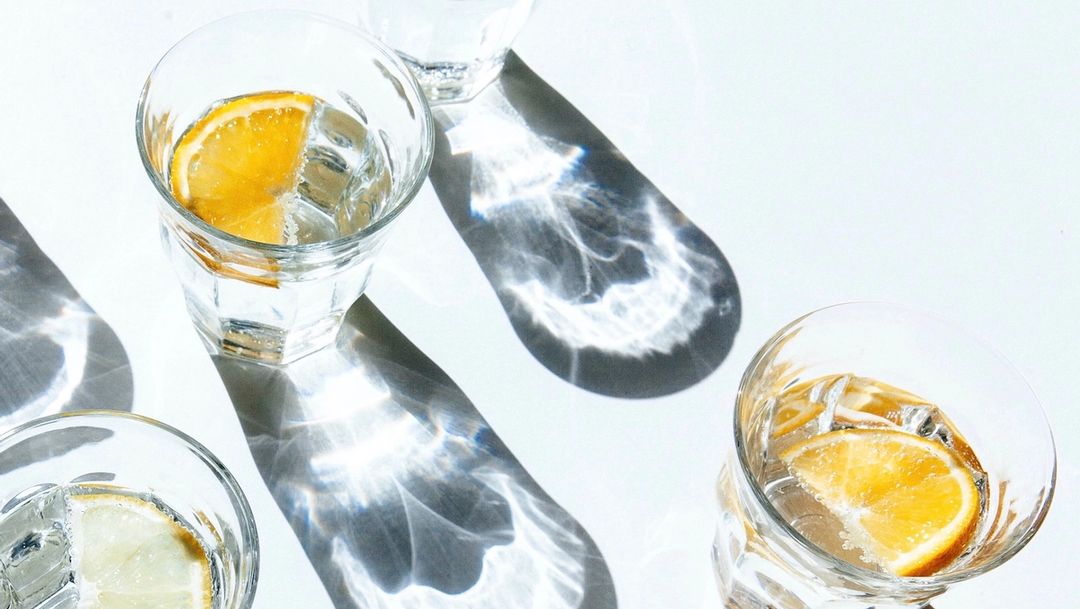Are There Microplastics In Our Food And Water?

Written by: Natalie Henderson, marketing @blueland
August 4, 2020
Everybody on planet Earth is familiar with plastic. You know its texture from clothes, offices, and kitchens. You know its final destination when you see it on the side of the road or floating a ways offshore. And there’s even a facet of plastic you don’t realize you know: its flavor. You’re eating a credit card’s worth of plastic every week.
Are There Microplastics In Our Food?
A new study carried out by the University of Newcastle in Australia has found that, on average, humans eat, drink, and breathe about 2,000 pieces (5 grams) of microplastic each week. And yes, that is roughly equivalent to the amount of plastic in your credit card. These tiny pieces find their way into our bodies through our drinking water, bottled waters and sodas, fish, shellfish, salt, and even alcohol (especially, beer). Microplastics are showing up in 33% of fish that we eat, and 90% of the water we drink. This is less than ideal, given the fact that the medical community is not yet sure about the long-term effects of plastic ingestion.
But even without medical proof, I think we can all agree: polymers probably aren’t great for cholesterol. But how are all these plastics ending up in our bodies? The same way plastic ends up everywhere else: rampant, irresponsible production.
Why Are There So Many Microplastics?
Since 1950, the world has produced 18.2 trillion tons of plastic, and 80 percent of it goes to waste, either in a landfill or into nature. In fact, a THIRD of all plastic ever produced has been leaked into nature. That’s the equivalent of 1 billion elephants, or 25,000 Empire State Buildings being pumped into our environment. This is catastrophic for most ecosystems, as plastic takes hundreds of years to biodegrade, injures and poisons animals, and damages soil quality. And while that is definitely bad, it’s the microplastics in the oceans that are coming back at us with a vengeance.
What Are Microplastics?
Microplastics are defined as plastic particles under 5mm in size. They come in the form of small particulates (like shower gel beads) released directly into the environment, as well as from larger plastics (like plastic bags) that degrade over time. Eventually, these microplastics end up in water sources (both freshwater and oceans), which is the most direct route they take to our bodies. However, microplastics are also ingested by a wide variety of animals (especially shellfish). If we then eat these animals, we’re also getting a sampling of all the plastic they had along the way as well.
What Can Be Done?
While it might seem like there is little to be done, individuals can have an impact on reducing microplastics. Reducing your own personal consumption of plastics can help keep plastic out of landfills, oceans, and waterways. And keep plastic out of our food and water. Check out our other blog posts to find ways to reduce your plastic footprint!
Learn more about plastic pollution, and how we can make small and large changes to help our environment. Some of our favorite resources include:
Keep Reading
Refill is the New Recycle
The perfect way to start cutting out single use plastic from your home.











